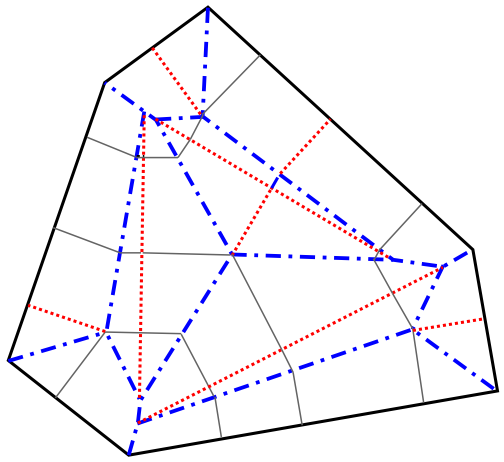
 Rigid Foldability
Rigid Foldability
Lang's Universal Molecule algorithm produces crease patterns for which a folded uniaxial base realization exists. A question remains, however, about whether they are indeed reachable by a folding process. We restrict the discussion to panel-and-hinge style folding processes which rigidly maintain the faces rather than allowing bending or stretching of the paper. This question is important, for instance, for the development of deployable structures, such as a foldable satellite solar array, since such structures are often best modeled as a panel-and-hinge framework. The figure below illustrates such a folding process. In this figure, a simple crease pattern is rigidly folded to a uniaxial base realization.

A rigid folding process.
